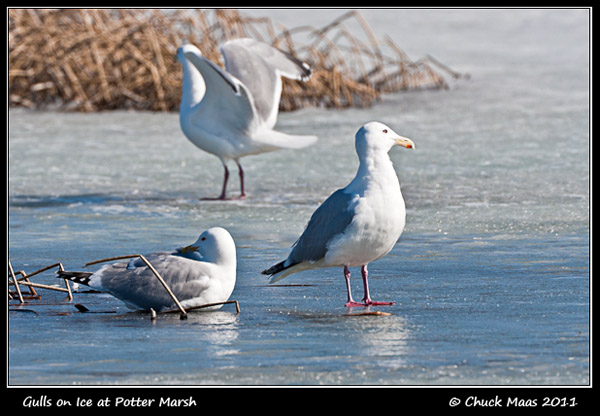Transferring files isn’t a very entertaining process, but it’s necessary, and the more images one makes, the more advantageous rapid file transfer becomes. You’ve got to get those new captures onto your main system and backup devices somehow. For a long time USB 2.0 has been a fairly universal connection protocol between computers and cameras, card readers, and external hard drives, though some Mac users opted for FireWire 800 card readers which bumped the throughput somewhat but wasn’t exactly nirvana. Now we have two new standards, USB 3.0 and Thunderbolt, both promising to speed the transfer process significantly.
USB 3.0 has been on the scene for a while, though it’s been slow to be integrated into new computers. Part of the reason is that Intel (in partnership with Apple) had been working on a competitive protocol called Light Peak for some time which would theoretically leapfrog USB 3.0 in capability. Therefore, both Intel and Apple resisted integrating USB 3.0 in their products in favor of developing a proprietary feature (at least in the short term) from which they could leverage profits (that’s the way business works, right?). Accordingly, it took a while for USB 3.0 to gain much traction. Then, not unexpectedly, Apple punched a hole in the dike by releasing their 2011 MacBook Pro laptops with a new connector called Thunderbolt (rebadged Light Peak using copper instead of fiber).
While there are many other subtle twists to this intrigue, including the fact that when Thunderbolt was announced with great fanfare the trademark was said to be owned by Intel; now it appears that Apple owns the trademark instead. Hmmmm. At any rate, as of now there are few if any peripherals to hook up to your Thunderbolt port (if you have one), while USB 3.0 devices are becoming widespread. The latest to appear is a card reader from Lexar which has slots for both CF and SD card formats (including SDHS, SDXC, and SD UHS-I), and is optimized to accelerate UDMA enabled cards as well. Maximum transfer rate is said to be up to 500MB/s—how much faster that may be than the speeds you’re experiencing now depends on your setup, but chances are it would make you current process seem very slow.
So, if you like the sound of this additional download speed, how do you make it happen? Not so easily perhaps. For one thing, only a tiny fraction of new computers (desktop or laptop) offer built-in USB 3.0 connectors, and certainly nothing form Apple at this point. For a Windows desktop there are any number of PCIe cards you can pop into an open motherboard slot (for those who’ve never had the cover off your computer, it’s not really rocket science), though you do have to also connect to the power supply in order for self-powered external drives to get juice through the connector. There are also ExpressCard adapters for the few laptops that have an ExpressCard slot (either 34mm or 54mm) built-in, but you’ll have to address the power issue. For Macs, both LaCie and CalDigit have USB 3.0 adapters, though there are some caveats to making them work well (see a very technical but thorough rundown here). A few cutting edge Windows laptops are starting to show up with built-in USB 3.0, but it’s going to take a while longer for this technology to be widely adopted. In the meantime, you could pop a PCIe card into your desktop machine and reap at least some of the benefits of faster transfer with the new Lexar card reader and just use it with your laptop as a USB 2.0 device since it’s backward compatible.
All in all we’re in a bit of a transition stage. Within the next year we’ll see new processors, new chipsets, and a coalescing of these disparate methods and protocols that hopefully will benefit us all. Just in case you thought technology was slowing down and that Moore’s Law was in jeopardy, did you notice the announcement of Intel 3D Tri-Gate transistors? Sometimes technologies magically converge to provide a real leap forward instead of just a step. Maybe this is one of those events. Time will tell.



